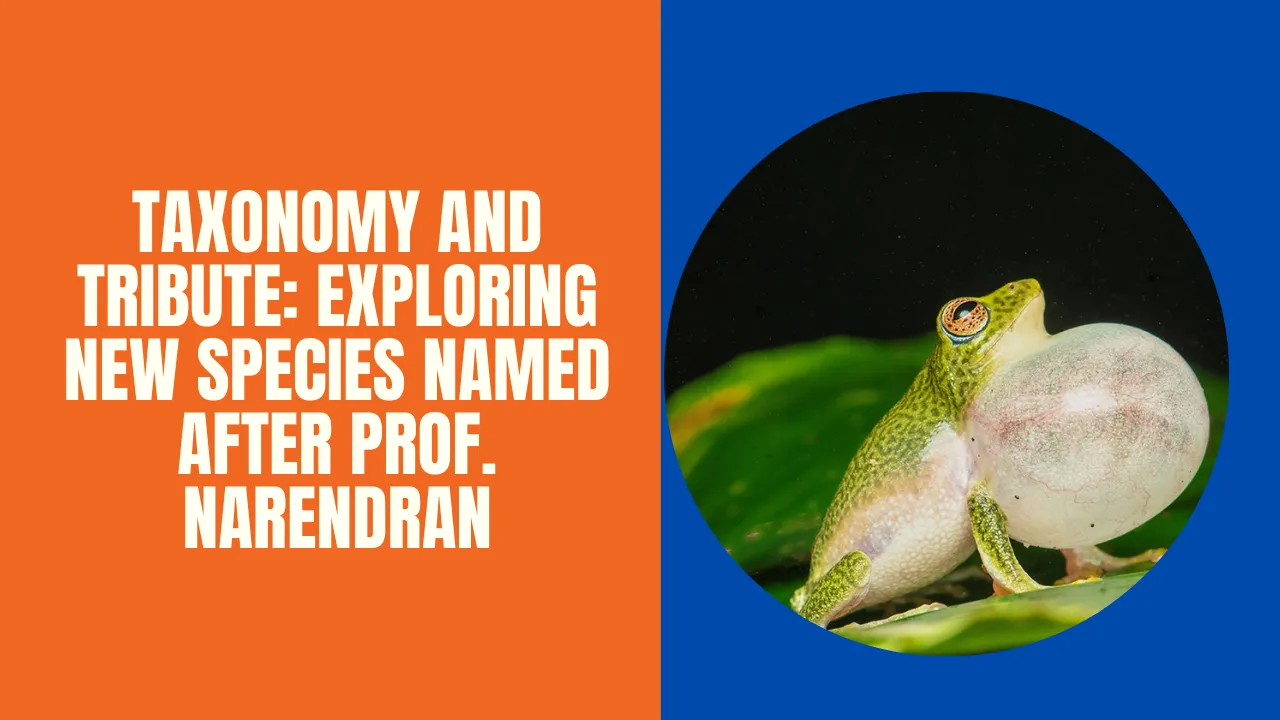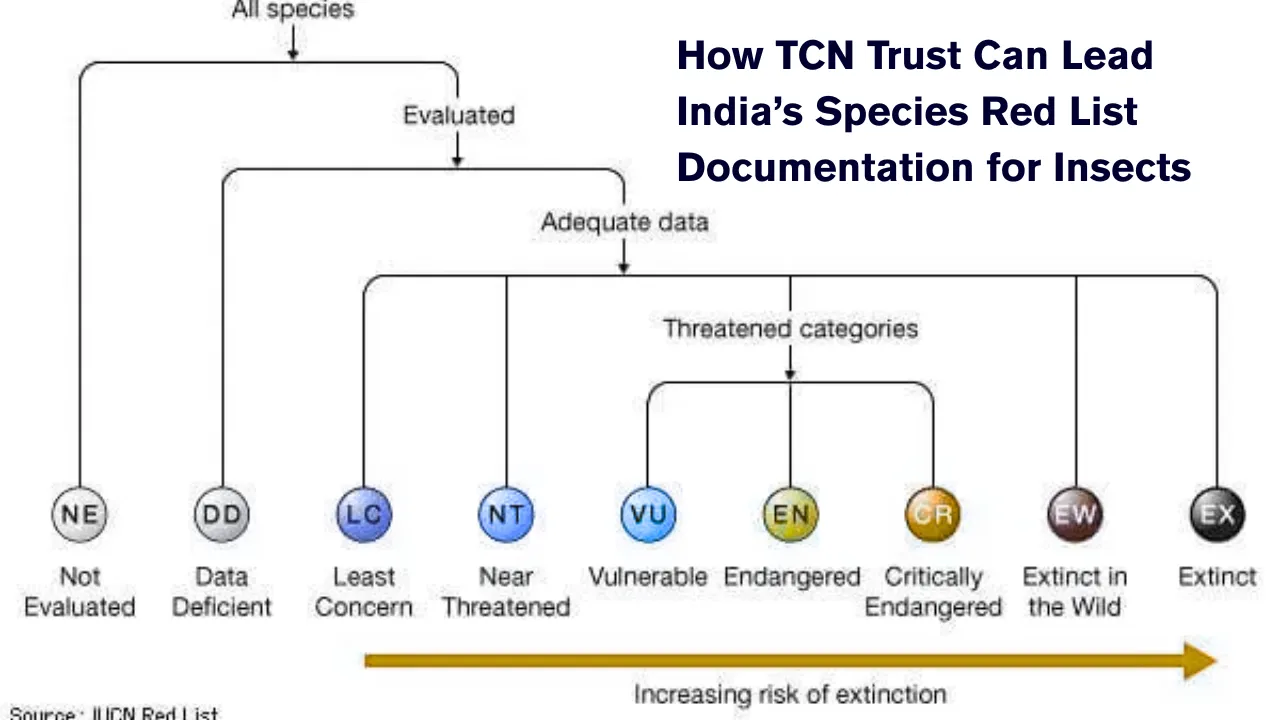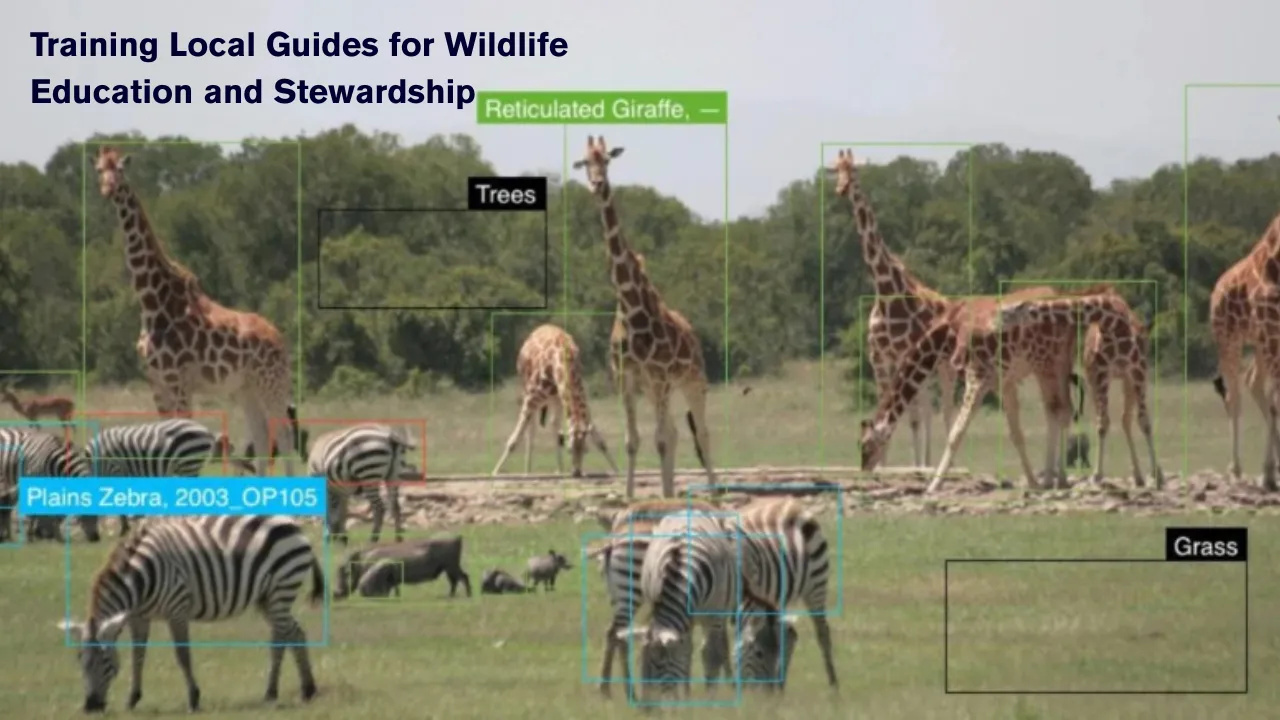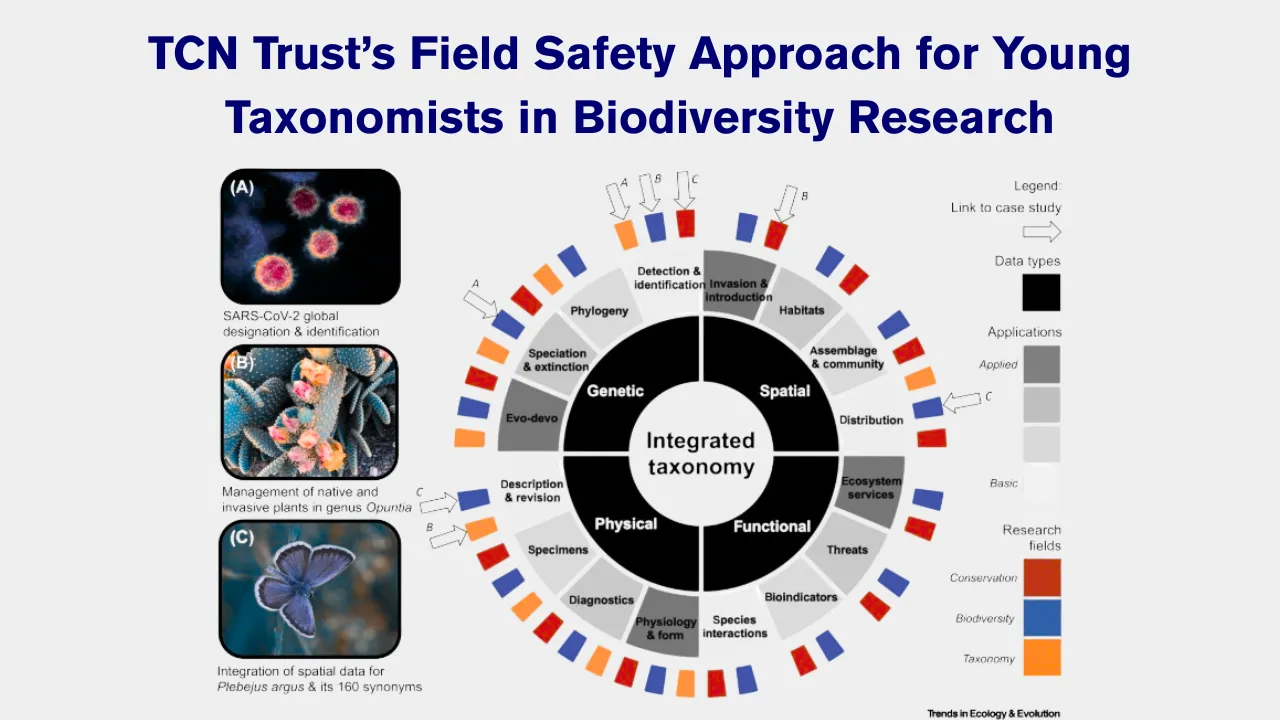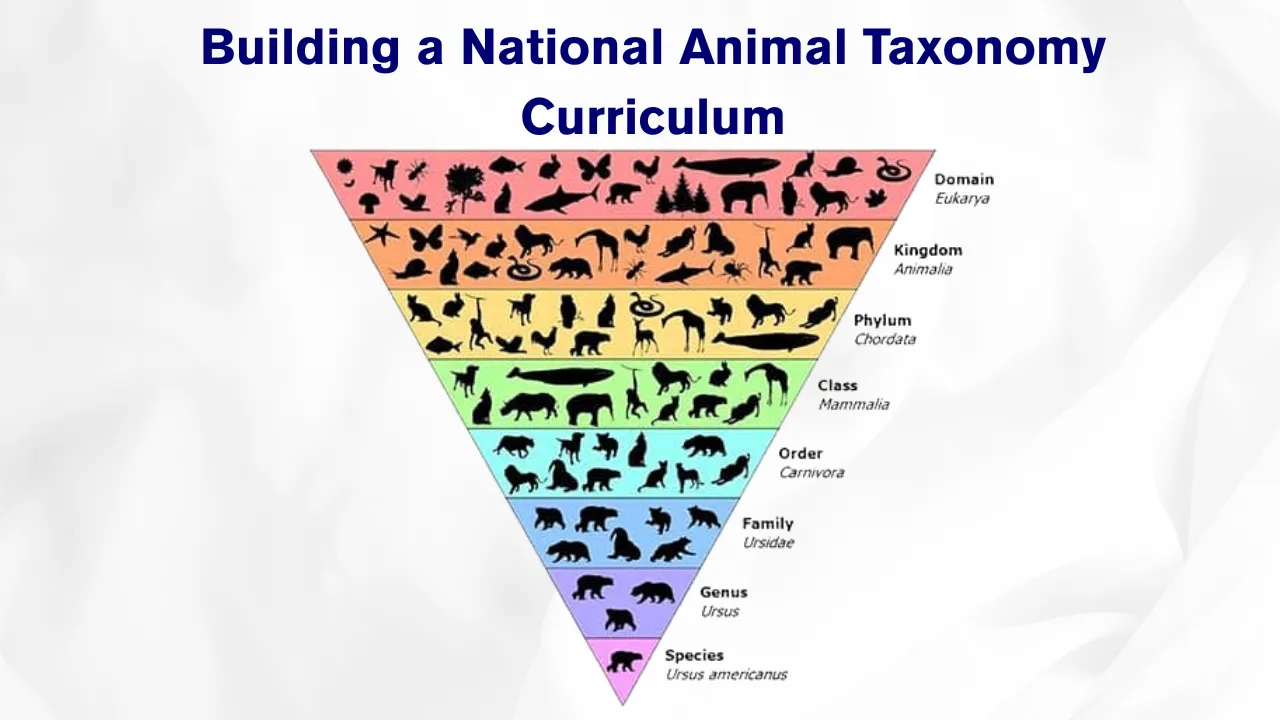New species named after Prof. Narendran represent a lasting tribute to one of India’s most respected taxonomists. Over several decades, Prof. Narendran made exceptional contributions to the study of parasitic wasps and other hymenopterans, helping to catalog and classify insect biodiversity in India and beyond. His work in taxonomy continues to guide modern researchers in their efforts to describe and conserve species.
In this article, we take a closer look at how Prof. Narendran’s legacy is being honored through scientific naming. We explore key examples of species and even a genus that bear his name, delve into the importance of naming in taxonomy, and explain why these gestures carry so much meaning in the scientific world. You’ll discover how his name has been etched into biological history and continues to inspire future research.
New Species Named After Prof. Narendran
Across the scientific world, naming a new species after Prof. Narendran has become a meaningful way to celebrate his outstanding impact in entomology. These honors reflect more than just admiration—they mark real scientific milestones influenced by his work. With species found primarily in India and Southeast Asia, and spread across various insect families, each naming reflects a moment of discovery tied to his legacy. This article explores not only the list of such species but the deeper implications of what it means to immortalize someone through taxonomy.
Prof. Narendran’s Impact on Taxonomy
Prof. T.C. Narendran was widely regarded as one of India’s foremost entomologists, especially known for his specialization in Chalcidoidea, a superfamily of parasitic wasps. His meticulous approach to classification, dedication to fieldwork, and ability to identify new taxa led to the discovery and description of hundreds of insect species. His expertise extended into families such as Eulophidae, Encyrtidae, and Trichogrammatidae.
What set him apart was not just the quantity but the quality of his work. He produced comprehensive identification keys and taxonomic revisions that are still used by entomologists today. As a result, Prof. Narendran’s name became synonymous with excellence in Indian insect taxonomy, earning him deep respect and widespread recognition.
The Genus Narendranella
Among the most notable taxonomic honors is the establishment of the genus Narendranella. This genus is part of the Chalcidoidea group, fittingly aligned with Prof. Narendran’s core research interests. The genus was created not just to honor his name but also to reflect the structural and behavioral diversity that fascinated him.
The creation of a genus in someone’s name is a rare occurrence in scientific circles. It signifies a foundational contribution to a field, suggesting that the person’s work has shaped the way future research will proceed. Narendranella, therefore, stands as a taxonomic tribute that will be cited and referred to by generations of researchers.
Key Species With the Epithet “narendrani”
The use of the specific epithet “narendrani” across various species is a powerful reflection of Prof. Narendran’s influence in multiple insect families. These species often belong to the same taxonomic groups he worked with, showcasing how his studies continue to shape biological exploration.
Here are some notable examples:
- Trichogramma narendrani – A parasitic wasp used in biological control; naming recognizes his work in Trichogrammatidae.
- Eurytoma narendrani – Belonging to Eurytomidae, this species was discovered in India and honors his guidance in parasitoid taxonomy.
- Telenomus narendrani – A species known for egg parasitism; highlights his influence in biological pest regulation.
- Apanteles narendrani – Named for his contributions to understanding Braconidae and parasitoid-host dynamics.
Each of these species is not only a scientific finding but also a preserved narrative of respect and admiration from fellow researchers.
Why Naming Species Matters
In taxonomy, naming is not a casual or aesthetic choice. It serves critical functions in scientific communication, conservation, and legacy. Every new name is recorded, referenced, and used in future studies, often forming part of databases and biodiversity catalogs used worldwide.
When new species are named after Prof. Narendran, it communicates that his work provided the basis for the discovery. It highlights the deep interconnection between legacy and discovery. These names ensure that future students, scientists, and conservationists will encounter his legacy in textbooks, research papers, and biodiversity tools.
Furthermore, such names help link past research to ongoing efforts in documenting biodiversity—especially important in regions where many species are still undescribed and under threat.
Two Important Highlights
- List of Species Named After Prof. Narendran:
- Narendranella indica
- Trichogramma narendrani
- Eurytoma narendrani
- Telenomus narendrani
- Apanteles narendrani
- Ceraphron narendrani
- Pnigalio narendrani
- Horismenus narendrani
- Narendranella indica
- Reasons Why Taxonomists Name Species After People:
- To recognize foundational contributions in the field.
- As a tribute from students or peers.
- To preserve scientific legacy within literature.
- To inspire others by connecting names to work.
- To establish a historical connection with key research findings.
- To recognize foundational contributions in the field.
Ongoing Tributes in Scientific Research
Even after his passing, Prof. Narendran’s work continues to be a reference point for taxonomists. His identification keys, type specimens, and original descriptions are frequently cited in scientific papers. Several entomologists who were once his students have now become authorities in their own right, often honoring their mentor by naming new species after Prof. Narendran.
These ongoing tributes are not just about nostalgia. They show that his work has real, lasting utility. From pest control to ecological studies, his insights into hymenopteran behavior and structure continue to hold value.
FAQs
Why is Prof. Narendran often honored with species names?
Because of his lifelong contributions to taxonomy and entomology, particularly in parasitic wasps and Indian insect diversity.
What does it mean to have a genus named after someone?
It is one of the highest honors in taxonomy, signifying that the person’s work shaped how scientists understand that group of organisms.
Are species named after him still being discovered?
Yes, ongoing research frequently uncovers new species, and some researchers continue to name these in his honor.
What areas of study did Prof. Narendran specialize in?
He was a leading expert in Chalcidoidea, particularly parasitic wasps used in biological control.
How do these names benefit the scientific community?
They help maintain accurate records, link research history, and celebrate key figures whose work has had long-term impact.
Final Thought
The new species named after Prof. Narendran are more than scientific entries—they’re enduring markers of a scholar who reshaped our understanding of insect diversity in India and beyond. They connect discovery with history, passion with knowledge, and legacy with progress. As future generations continue exploring nature’s richness, they’ll find Prof. Narendran’s name nestled within the scientific literature, a quiet but powerful reminder of how one individual can influence an entire field. If this story inspired you, share it with fellow nature lovers or explore our deep-dive articles on the role of taxonomy in conservation.
